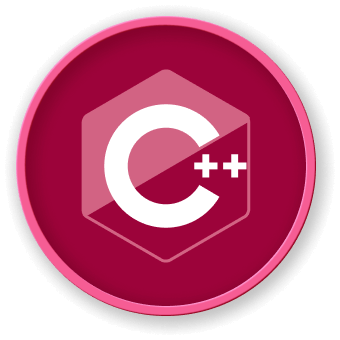Introduction
In the world of C++ programming, handling input stream failures is crucial for developing robust and reliable applications. This tutorial explores comprehensive techniques to detect, manage, and prevent potential errors that can occur during input operations, helping developers create more resilient and error-resistant code.




